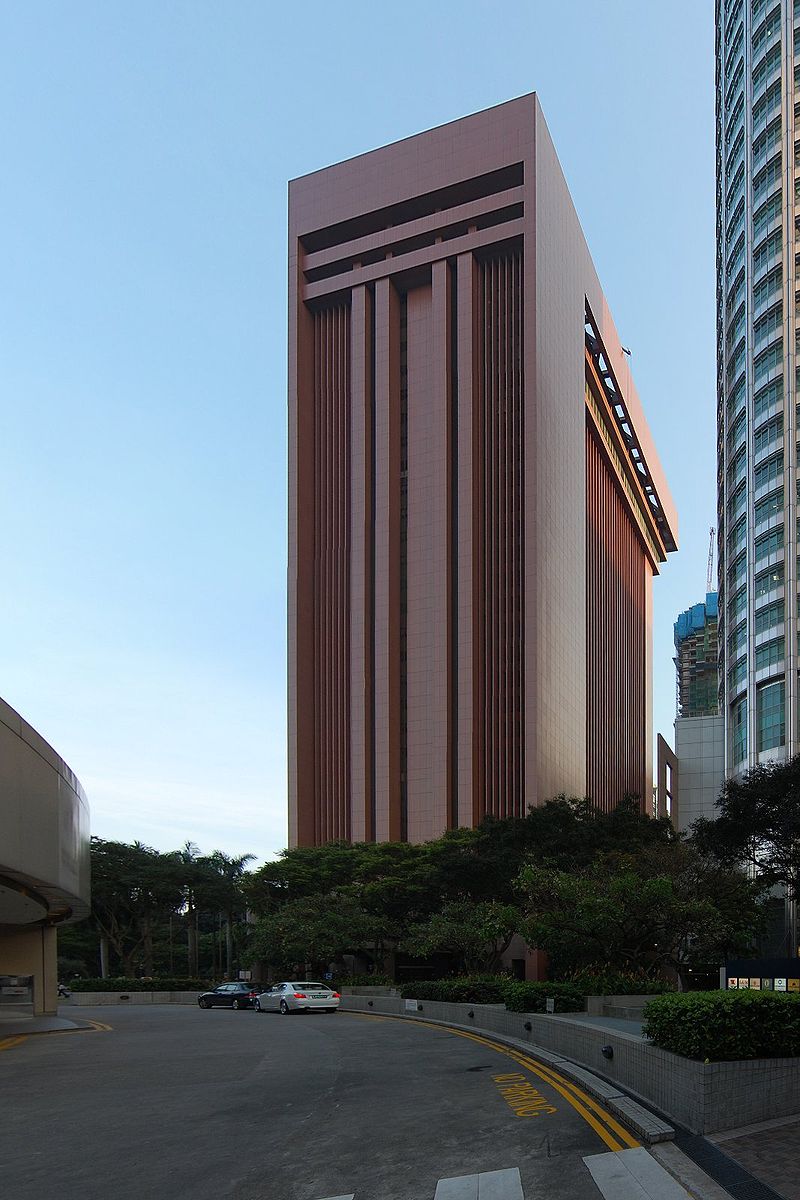
The Bank for International Settlements Innovation Hub Singapore Centre and the Monetary Authority of Singapore (MAS) today published a proposed blueprint for enhancing global payments network connectivity via multilateral linkages of countries’ national retail payment systems.
Titled Project Nexus, this blueprint outlines how countries can fully integrate their retail payment systems onto a single cross-border network, allowing customers to make cross-border transfers instantly and securely via their mobile phones or internet devices.
The Nexus blueprint comprises two main elements:
Nexus Gateways, to be developed and implemented by the operators of participating countries’ national payment systems, will serve to coordinate compliance, foreign exchange conversion, message translation and the sequencing of payments among all participants. These gateways will be predicated on a common set of technical standards, functionalities and operational guidelines set out within the proposal.
An overarching Nexus Scheme that sets out the governance framework and rulebook for participating retail payment systems, banks and payment service providers to coordinate and effect cross-border payments through the network.
Under the Nexus blueprint, participating countries will only need to adopt the Nexus protocols once to gain access to the broader cross-border payments network. This removes the need for countries to negotiate payment linkages with each jurisdiction on a bilateral basis.
Project Nexus is trying to achieve the equivalent of internet protocols for payments systems. That means creating a model through which any country can join by adopting certain technical and governance requirements. Benoît Cœuré, Head of the BIS Innovation Hub
The Nexus blueprint was developed through extensive consultation with multiple central banks and financial institutions across the globe. It builds on the pioneering bilateral linkage between Singapore’s PayNow and Thailand’s PromptPay, launched in April 2021, and benefits from the experience of the National Payments Corporation of India’s (NPCI) development and operation of the Unified Payments Interface (UPI) system1. The blueprint can be built upon through continued research and engagement with regulators, payment operators, banks and other industry participants collaborating towards a technical proof-of-concept.
Country-to-country and regional payment connections already exist. But they require significant coordination efforts, which increase exponentially with more participants. Three countries require three bilateral links but 20 countries would require 190 bilateral links.
Andrew McCormack, Head of the BIS Innovation Hub Singapore Centre
This blueprint will bring like-minded regulators and instant payments operators along with global bodies like the G20 and the Committee on Payments and Market Infrastructures (CPMI) together to make real-time cross-border payments a reality in the next two to four years.
Arif Khan, Chief Digital Officer, NPCI
To achieve significant cost-reduction in cross-border payment transfers, enhancements must be made on two fronts: direct connectivity between domestic faster payment systems, and frictionless foreign exchange on shared common wholesale settlement infrastructures. The BIS Innovation Hub Singapore Centre is working on both. The Nexus project maps out a much-needed set of standards to achieve seamless cross-border payment systems connectivity.
Sopnendu Mohanty, Chief FinTech Officer, MAS






